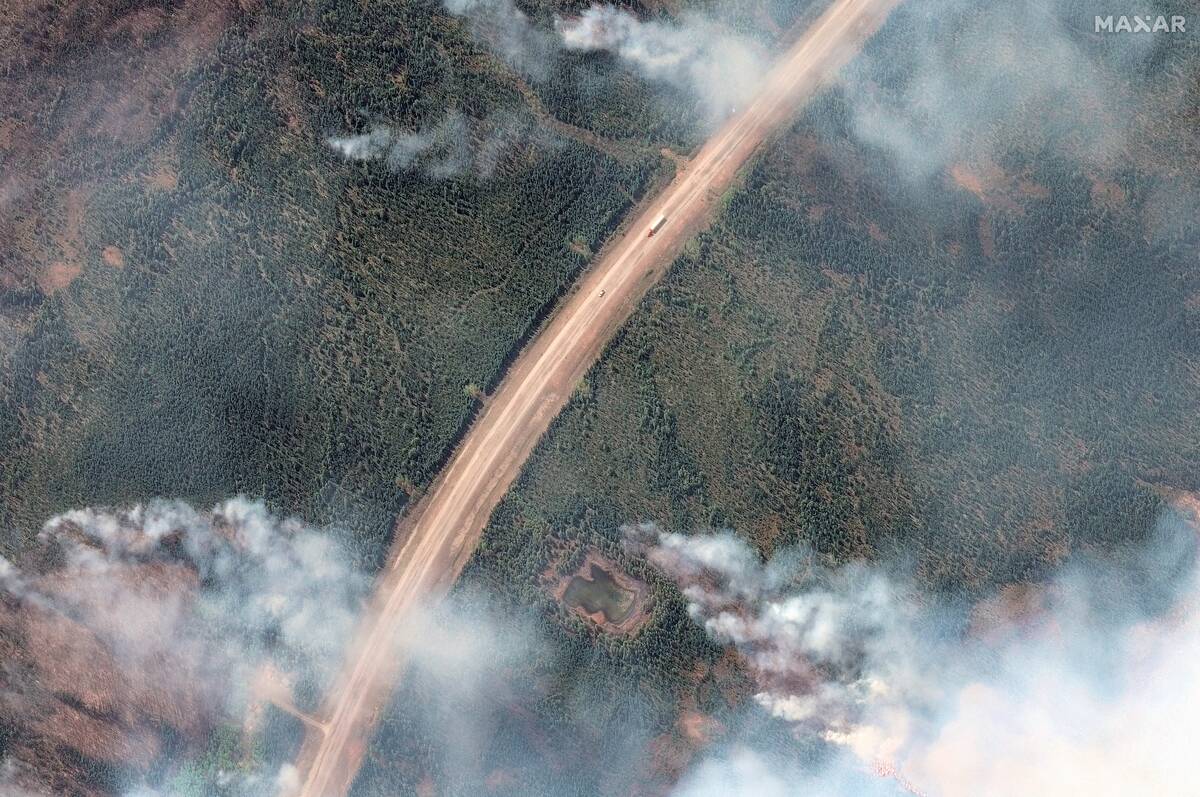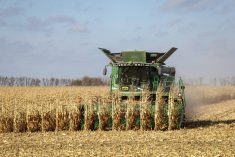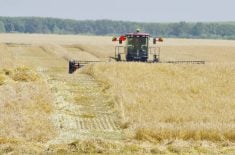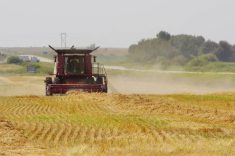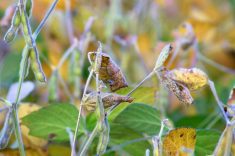Heavy smoke in the air can affect herbicide performance.
Unfortunately for farmers in Manitoba, there’s been a lot of that lately.
WHY IT MATTERS: Manitoba has been fighting large wildfires in multiple regions of the province since the start of May, leading the province to evacuate thousands of people and declare a state of emergency.
Read Also
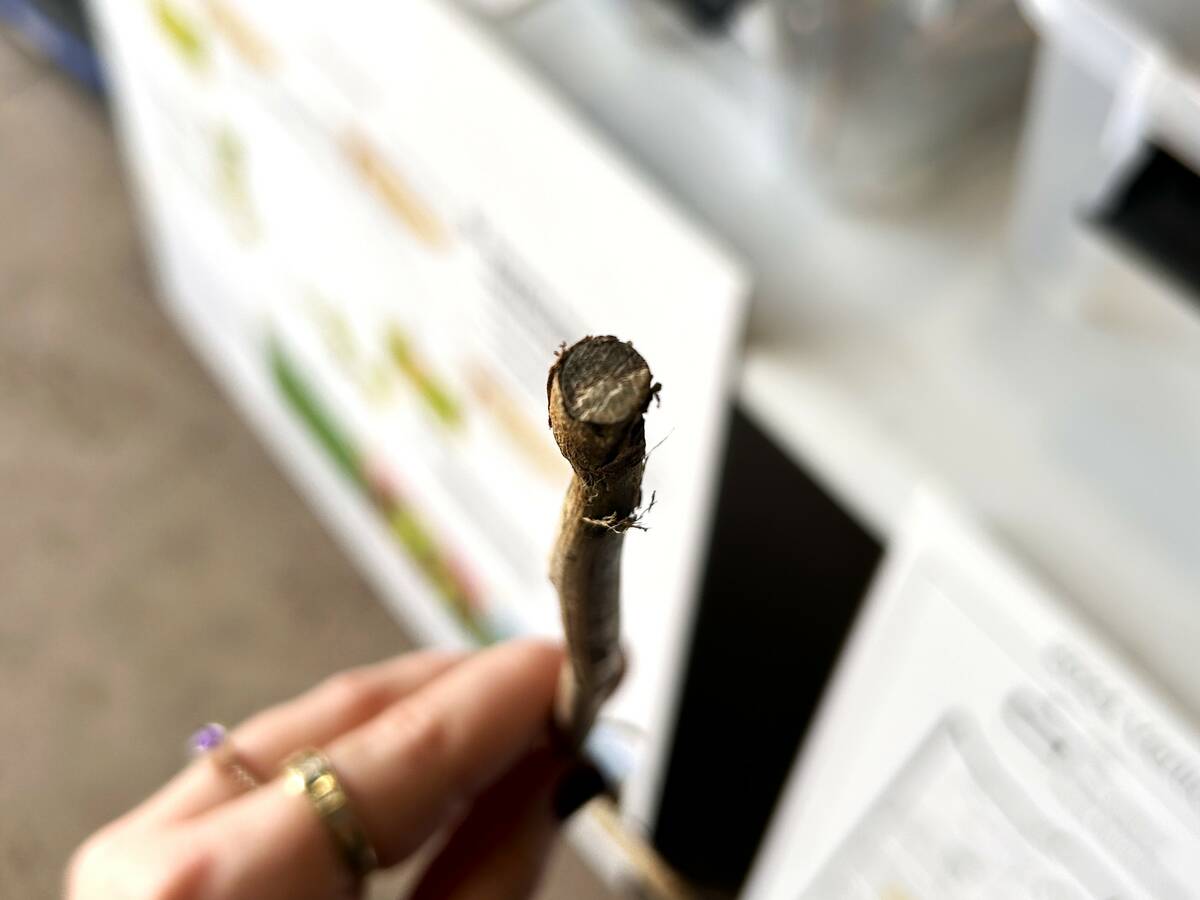
Manitoba canola embattled by verticillium
Verticillium stripe pressure has been growing in Manitoba, and canola farmers still have precious few tools to protect their crop from the disease.
Special air quality statements have blanketed different regions of the province in recent weeks. A fire update from the province on June 5, showed 27 active blazes were being fought and Manitoba had wracked up 111 fires for the year, up from the more typical 95. A long list of communities had been evacuated, including the City of Flin Flon.
Officals have also noted the unusual spread of fires this year. Instead of large fires in a region, Manitoba’s fire season this year has seen critical fire events from the Ontario border, west into the Rurak Municipality of Piney and near Lac du Bonnet (a fire where two people died), the RM of St. Clements, and up to the north and northwest near the Pas, Flin Flon, Lynn Lake and more. Other fires have claimed buildings and led to thousands of evacuations in Saskatchewan.
Kim Brown, a weed specialist with Manitoba Agriculture, noted the fires throwing smoke over agricultural Manitoba.
Weeds have to be growing in order for herbicides to work. But smoky conditions can create cooler temperatures and affect both weed and crop growth, Brown said during the June 4 Manitoba Agriculture crop talk webinar.
Smoke can also prolong thermal inversions, which increase drift potential. That puts more onus on farmers to monitor weather conditions carefully before spraying.
Herbicides like Liberty face particular challenges under smoky skies, Brown said.
“Those do best in hotter weather and bright sunshine,” she said.
For farmers who must spray under hazy conditions, Brown recommends maximizing their chances with all other application factors. Use lots of water, the appropriate nozzle and the correct droplet size to get good coverage, she said.


